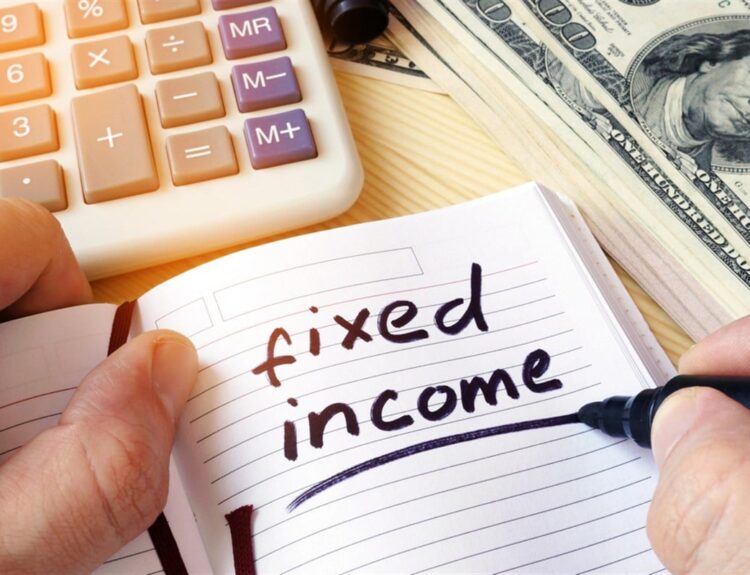APR, or Annual Percentage Rate, is the yearly cost of borrowing on a credit card. Expressed as a percentage, it represents how expensive your balance becomes if you don’t pay it off in full. It affects every interest charge that appears on your statement.
The interest rate affects your payments when you carry a balance. Even a low APR can add up over time. If you’re not paying the full amount regularly, that interest can accumulate, making understanding APR crucial in personal finance.
The Difference Between Interest Rate and APR
Many people assume the interest rate and APR are interchangeable. They’re not. The interest rate is simply the base cost for borrowing, while the APR includes additional charges such as annual fees, transaction costs, or balance transfer fees.
APR gives a more comprehensive picture of how much you’ll actually pay for the privilege of using credit. It helps you compare offers more accurately, as it reflects the true financial impact of using a card.
Types of Credit Card APR You Need to Know
Not all APRs are applied equally. The purchase APR applies to your everyday spending, including groceries, gas, bills, and online orders. It’s the most common rate you’ll encounter.
When you withdraw cash from an ATM or get money in other ways using your card, that’s when the cash advance APR kicks in, often leading to higher interest rates.
This rate is typically much higher, and there’s usually no grace period. Interest begins accruing immediately, making it one of the most expensive features of any card.
Where to Find APR Details on a Credit Card Offer
How to check credit card APR? The Schumer box is the clearest place to find APR information. It’s a table required by law that outlines a credit card’s rates, fees, and terms in a standard format. Every credit card issuer includes one in their application documents.
Also, check the terms and conditions section of the offer. Sometimes, important APR details are explained in footnotes or fine print. Read carefully before applying or activating a card.
How Promotional and Introductory APRs Work
Some cards offer zero (0) percent APR on purchases or balance transfers for a limited time. These introductory offers can be helpful if used strategically. They give you a window to pay off a balance without interest.
However, once the introductory period ends, the regular APR applies. Any remaining balance begins to accumulate interest based on the card’s standard rate. You must be aware of when this transition occurs and plan your repayment accordingly to avoid any surprises.
What Determines Your Credit Card APR
Lenders set your APR based on a variety of factors. Your credit score plays the biggest role. A higher score generally leads to a lower APR. Issuers see you as a lower risk and reward you with more favorable terms.
Other factors include your income, existing debts, and overall credit profile. Lenders assess your payment history, the types of credit you use, and how long you’ve managed accounts. These variables help them determine how likely you are to repay.
Fixed vs. Variable APR: What’s the Difference?
A fixed APR does not change frequently. It stays consistent unless the issuer gives you notice of a change, which typically happens with a 45-day warning. Fixed APRs offer some predictability and stability for your budget.
Variable APRs change based on external benchmarks, such as the Prime Rate. If the benchmark increases, your APR typically follows suit. These changes can happen several times a year, depending on economic conditions.
How to Compare APRs Across Multiple Credit Cards
When evaluating multiple cards, compare the APR ranges side by side to determine which one offers the best value. Some issuers offer tighter ranges for well-qualified applicants, while others have broad ranges that vary widely based on creditworthiness.
In addition to APR, consider annual fees, rewards, grace periods, and other card features. Sometimes, a card with a slightly higher APR may still be a better value if it includes features that match your needs.
When a Low APR Is More Important Than Rewards
If you carry a balance, a low APR should take priority over rewards. Cashback and points lose their value quickly when interest charges pile up. A card offering two percent cashback means little if you’re paying over twenty percent interest monthly.
If you consistently pay off your credit card balance each month, rewards can be quite appealing. However, if there’s a possibility of carrying a balance, it’s smarter to prioritize a low-interest rate to avoid excessive charges.
How to Avoid Paying Interest Altogether
To steer clear of interest charges, make it a habit to pay off your entire statement balance each month. This simple practice gives you a grace period, ensuring you won’t accumulate any interest on your purchases. It’s a smart financial move!
If paying in full isn’t possible, pay as much as you can before the due date. This reduces your average daily balance, which is the figure from which interest is typically calculated.
What to Do If Your APR Increases
Credit card companies might raise your Annual Percentage Rate (APR) for various reasons. If you miss a payment, if the Prime Rate changes, or as part of a routine account review, you could find yourself facing a higher interest rate. Always stay informed!
If this happens, first review the explanation provided in your statement. Then contact your issuer. In many cases, you can request a return to your original rate after several months of on-time payments.
How to Negotiate a Lower APR With Your Issuer
If you’re looking to lower your interest rate, reach out to your credit card company. It’s more likely to work if you’ve consistently paid on time and have solid credit.
Before calling, prepare your case. Mention how long you’ve been a customer, highlight your record of on-time payments, and refer to other offers you’ve received.
Issuers value dependable cardholders and may be open to meeting your needs. They understand the importance of maintaining strong relationships and could be willing to accommodate your specific requests.
Choosing the Right Credit Card for Your Spending Habits
Choose a card based on how you use credit. If you tend to carry a balance, a low APR is essential. If you pay off your balance every month, rewards and perks can become more valuable.
Avoid chasing flashy sign-up bonuses if they encourage unnecessary spending. A card that fits your budget and lifestyle will serve you better than one designed to impress.
APR and Your Credit Card Statement: What to Watch For
Take a look at your monthly statement to check the interest charged for that billing cycle. It’s typically listed under phrases like “interest this period” or something similar. This way, you can stay informed about any charges applied to your account.
Review how your interest is calculated. Most issuers use the average daily balance method, which means carrying a high balance for even part of the cycle can result in a hefty interest charge.
APR and Your Financial Goals
Managing APR effectively supports long-term goals such as building savings, investing, or buying a home. If you consistently pay high interest, that’s money not being directed toward your priorities.
Keeping an eye on your APR allows you to take charge of your finances. It empowers you to make informed choices about using credit wisely and developing a plan to pay it off sooner, reducing your stress.
How Credit Card APR Fits Into Your Overall Credit Health
APR affects how easily you can stay within your credit limits and how much of your income goes toward debt repayment. High APRs can increase financial stress and raise your debt-to-income ratio.
Understanding and managing APR allows you to maintain a healthier credit profile. As your score improves, your access to lower APR options increases. This creates a more stable foundation for financial planning.





